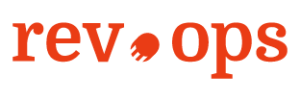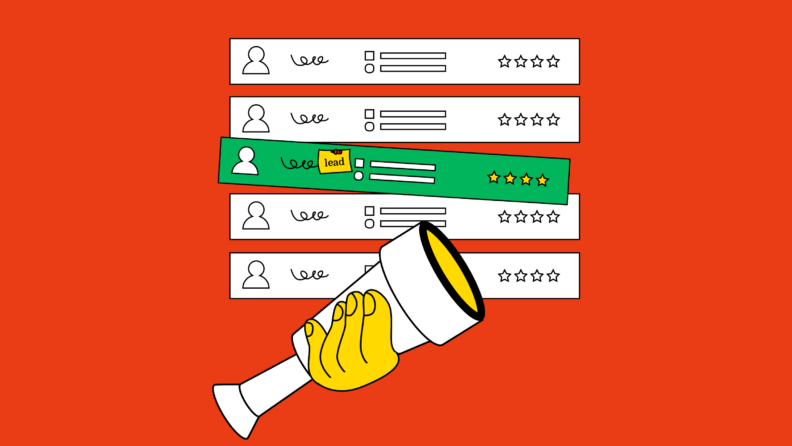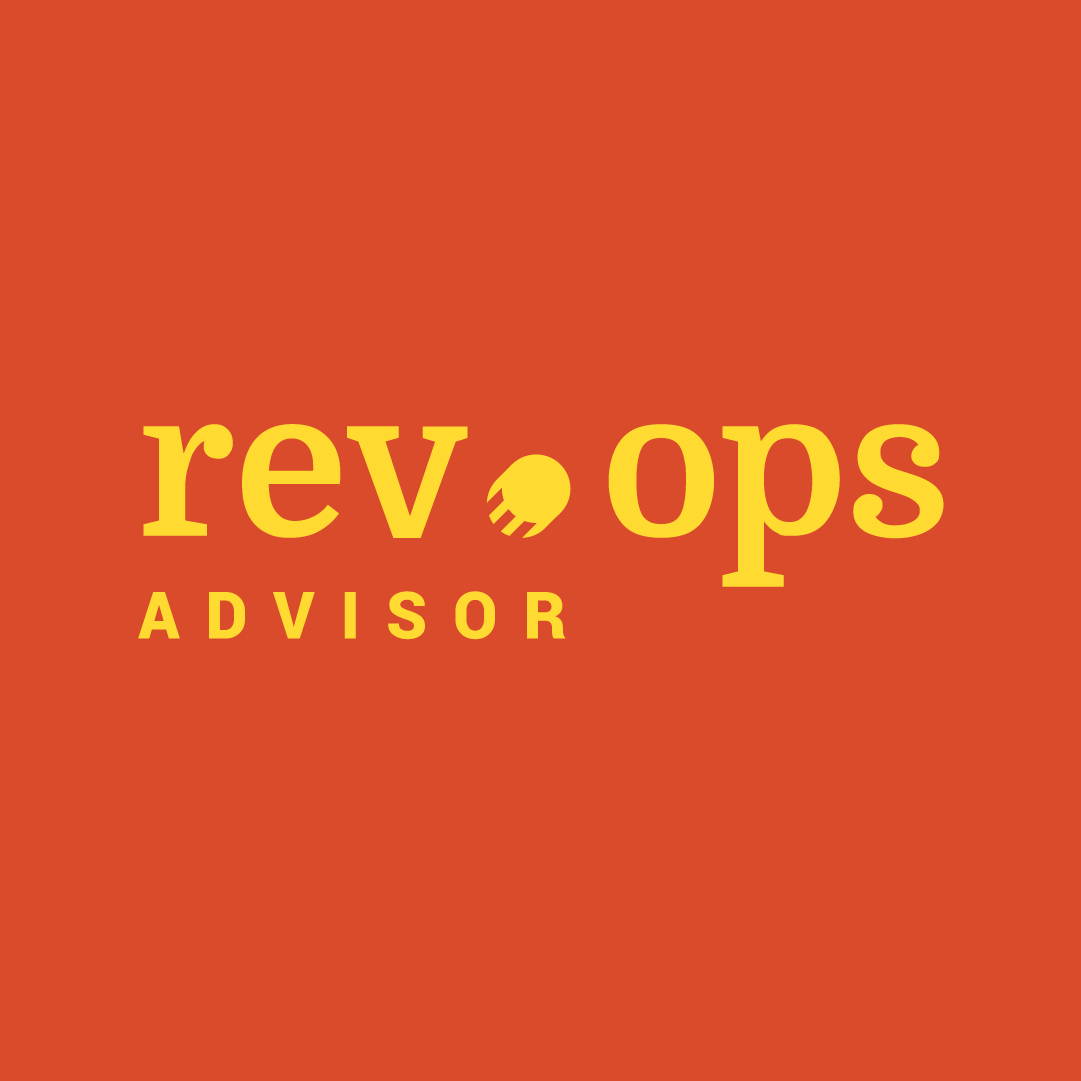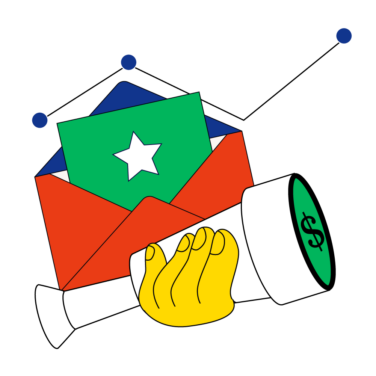If you don’t have lead routing software, you could be missing out on potential sales when customers get fed up waiting for a response. But are there other ways lead routing software can improve your sales process? Read on to get an overview of the benefits here.
What Is Lead Routing Software?
The easiest way to think about lead routing software is as a tool that distributes incoming calls or emails to the right sales rep within your organization. Whether you’re in sales or customer support, the people reaching out to you are trying to find answers.
As each lead comes in, your lead routing software uses an algorithm to assign it to the best person for the job based on predetermined criteria and rules that you customize for your organization. Some common rules-based routing may include territory, time of day, or product specialization. When each lead is going to the person who can best assist them, you can ensure efficiency, optimized customer interactions, and maximized conversions.
Top Benefits Of Lead Routing

You can probably already see some of the benefits that come from lead routing just from better understanding what this automation software can do, but let’s dig into the details so you can see exactly how this type of software can save time, increase productivity, and empower your sales reps. You might even be surprised at the added features most lead routing software provides, such as analytics.
1. Improve Response Time
Did you know that over 20% of organizations never respond to their leads? Even organizations that are on top of client communications tend to miss calls and can’t respond to leads in real time. With people growing more accustomed to immediate responses and short waits, you can’t afford to let hours pass without communication.
With lead routing software, you get immediate distribution of calls to the appropriate salesperson or customer representative so people get the attention they need right away. With your custom, rules-based delivery system, you control lead traffic and assign leads or reroute them if a sales rep is busy, avoiding delays and shortening wait times.
But lead routing isn’t just for calls. It’s also the ideal software to help you distribute incoming contact from social media, web forms, email, and text.
2. Provide More Accurate Data
Your sales team probably has a lot on their plate, but you can use lead routing software to help them out! A lot of the auxiliary features that come along with lead distribution include automation tools that eliminate manual labor and save time for everyone.
One of the best ways you can save salespeople and CRM teams time is with accurate data on the lead or customer. With a lead management system, they no longer have to manually collect, analyze, and organize customer information. Your software will collect and analyze lead data, spot and forecast trends, and provide actionable insights to support your team.
You can also integrate lead routing software with other digital tools, like HubSpot or SugarCRM, for two-way data sync to ensure more accuracy across every single app.
3. Organize Leads
Timing is everything, and when you miss a call or need to follow up with a lead, automated organization can ensure better scheduling and coordination. Lead routing software can organize your leads in a variety of ways, including preferred communication method, behavioral patterns, location, or engagement period. And it can also mark people you’ve already contacted or those who aren’t interested.
With automated filtering and organized leads sheets that are accessible for everyone in your organization, you’re providing salespeople with the tools they need to be more productive. They no longer need to waste time searching or guessing at a lead’s status. It’s all listed in one central repository of information.
4. Building Better Relationships
It definitely takes more than just one phone call to build and maintain a strong relationship with your leads. Constant engagement is also the key to warming up cold prospects and winning over anyone who’s questioning whether they actually need your services or products.
Lead assignment software can first connect leads with sales reps, but later down the line, it can also remind your team to follow up, reach out at crucial moments during the sales cycle, and provide templates for personalized communication through email. Some lead distribution software can even provide scripts for calls with new leads.
5. Fair and Balanced Distribution
Organizing incoming leads is only one part of what a lead distribution system can do for you. It can also help you determine which sales representative is best suited to interact with each inbound lead, who’s available to take a call, and who has too much work on their plate to properly communicate with potential customers.
One of the most common ways to distribute leads is through round-robin routing. This lead distribution process spreads leads out among your available team members to prevent traffic and allow for accurate lead qualification.
Lead Routing Best Practices

Just having software for distributing leads isn’t enough to ensure your success. You’ll need to follow a few best practices to maximize conversion rates and streamline your sales process.
Lead Scoring
Lead routing usually goes hand-in-hand with lead scoring — a type of lead qualification that ensures a person is the right lead for your organization and likely to close deals. When you use lead scoring tools, your inbound leads get a grade based on a predetermined list of customized criteria, so only leads that have the right buying behavior continue on in your sales pipeline.
Notifying Your Team
Once a sales lead is assigned, your system must send notifications to the salesperson responsible for lead nurturing. Configure your system to send an immediate notification via text, email, or internal CRM software messaging to guarantee your salespeople get the information they need.
More Articles
Tracking and Analytics
With integrated reporting and analytics, you can utilize lead routing software to assess your sales funnel and workflow. Pull reports and analytics on your most important metrics to identify areas for improvement, enhancing your routing process and system functionality.
How To Choose Your Lead Routing System
If you’re on the hunt for lead management software, there are several features that can help you decide between the top options. Here are some of the standard features you’ll need to look for:
- Adaptive lead routing, also known as round-robin lead routing
- Lead engagement tools, like email templates, meeting scheduling, and lead tracking
- Automated distribution based on geographic location
- Custom assignment rules and routing rules
- Lead position tracking
Need expert help selecting the right CRM Software?
We’ve joined up with Crozdesk.com to give all our readers (yes, you!) access to Crozdesk’s software advisors. Just use the form below to share your needs, and they will contact you at no cost or commitment. You will then be matched and connected to a shortlist of vendors that best fit your company, and you can access exclusive software discounts!
Next Steps Start Here
I hope this blog has shown you how lead routing software is an essential marketing automation tool that can help ensure more efficiency throughout your entire organization. If you already have a lead routing tool but you want to learn how to utilize it more effectively, explore our blog for optimizing the Salesforce lead routing software to find tips for Salesforce Sales Cloud that are also applicable across other lead routing solutions.
Need more tech-focused insights for ensuring better lead generation, improving the customer experience, or guaranteeing quality leads? Sign up for the RevOps newsletter to get tips from the experts straight to your inbox.



